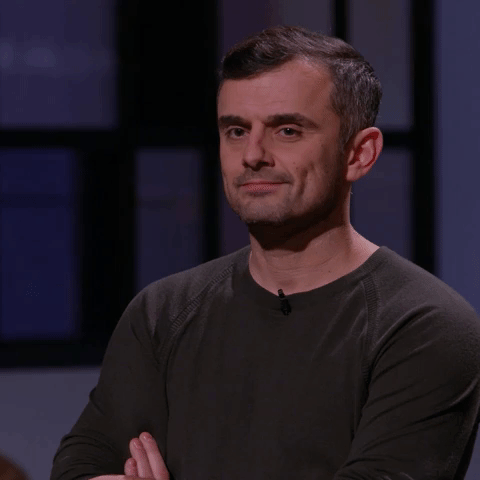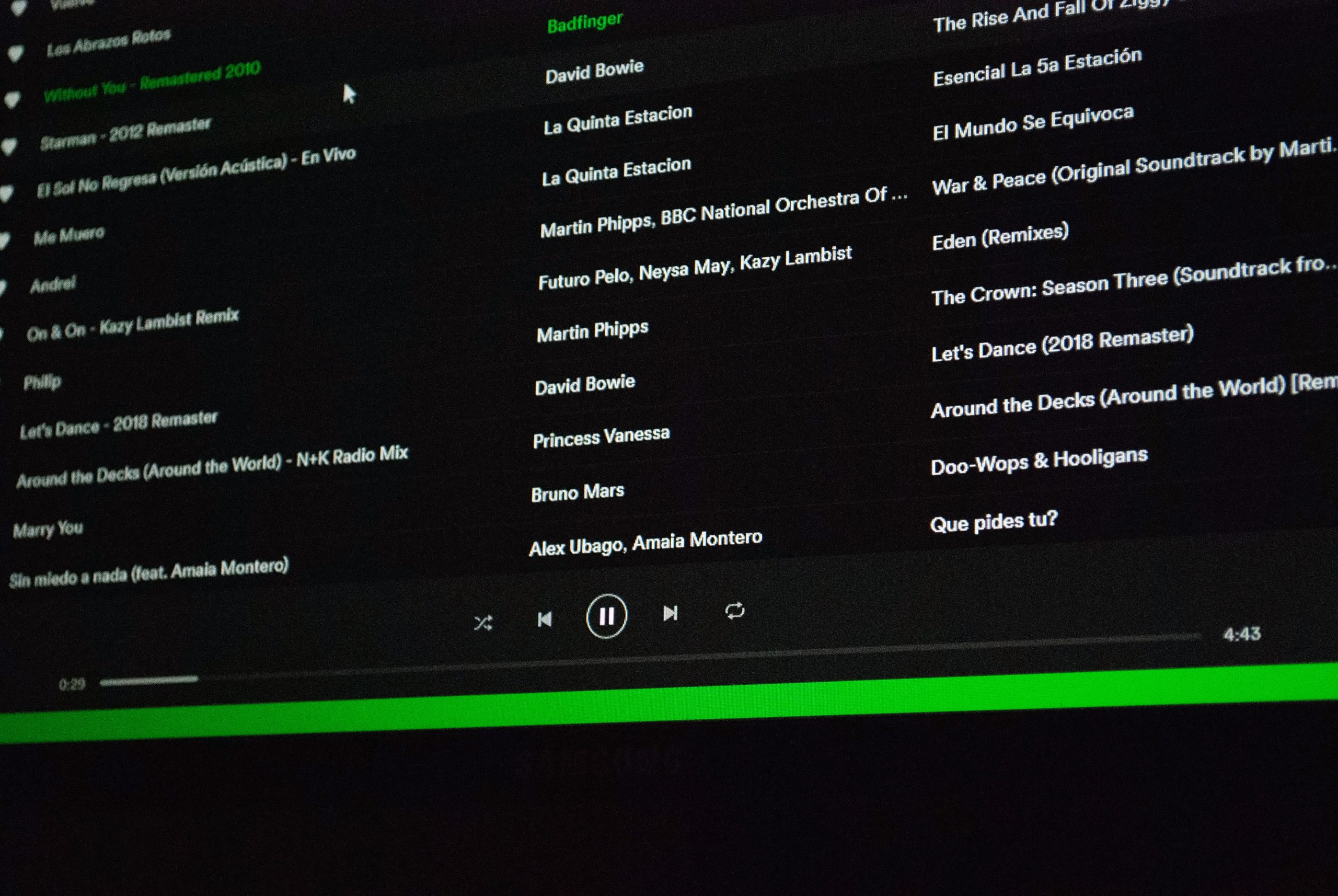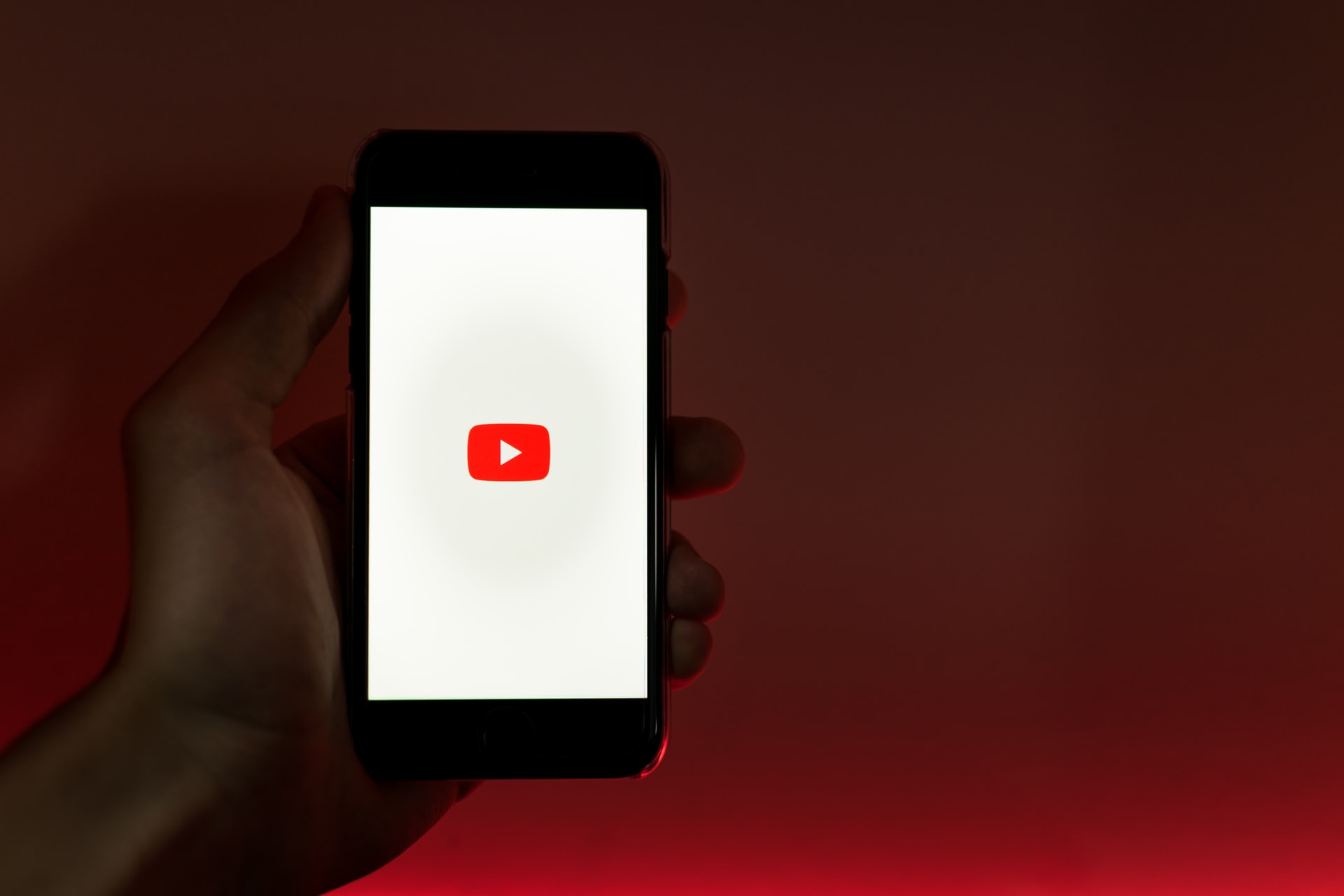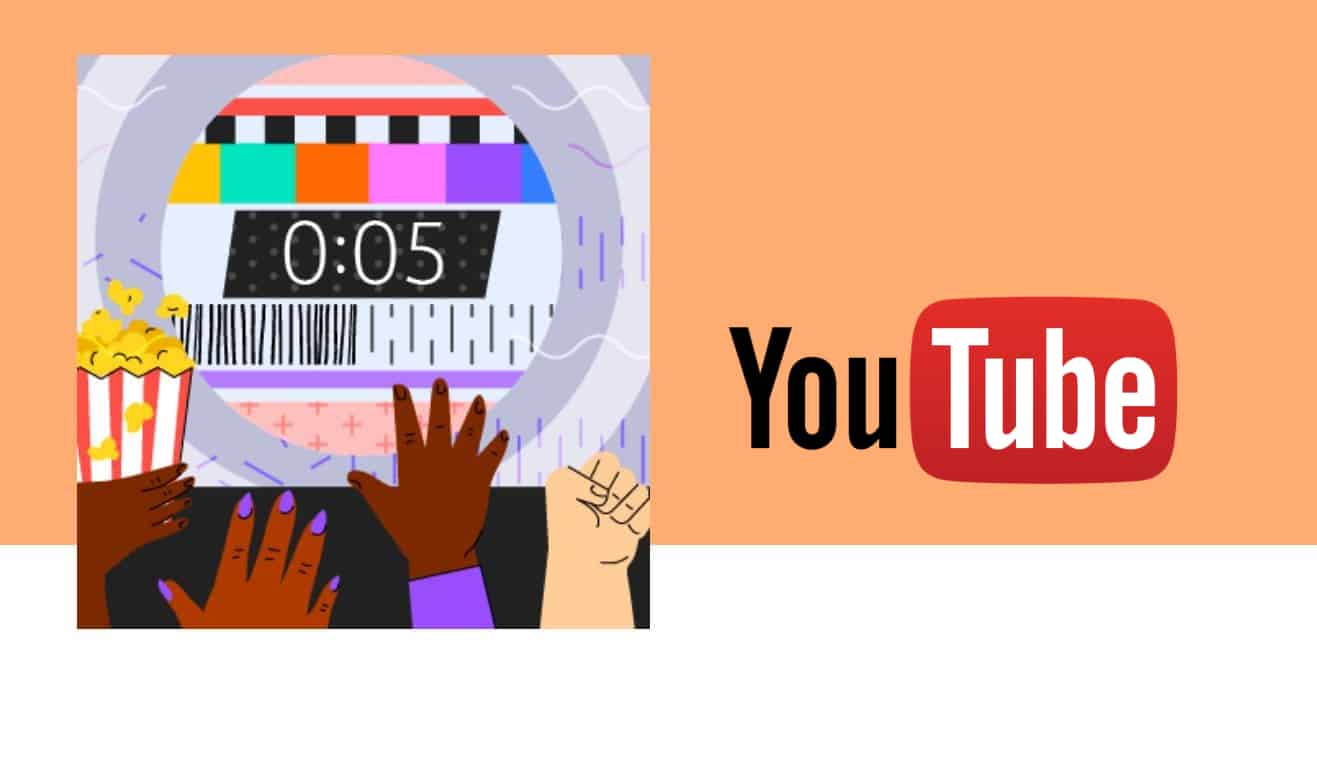What can musicians and creators learn from Gary Vee?
Content creation, strategy and rollout plans can be mind-boggling, at the very least. This is especially true for musicians and artists who want to focus on their art, but still want to play the modern music industry long-game that’s based on quality content.
Enter Gary Vaynerchuk and the GaryVee Content Strategy a.k.a the answer to artists’ content prayers. The GaryVee Content Strategy’s mission is simple – it helps you speed up the meticulous process of content creation and distribution.
The Basics
According to Gary Vaynerchuk, 30+ pieces of content can be created from just one, long-form piece of content. Vaynerchuk bases his content strategy on a reverse pyramid that enables anyone who wants to make a splash on social media and the world wide web (let’s call them content creators) to create “content on content on content”.
This reverse pyramid starts with the document pillar content – which simply refers to one piece of long-form content, that can be a video, article, vlog, Q&A etc. This can be re-purposed into micro-content such as memes, images, remixes, TikToks and Instagram Reels and so on. This micro-content is then distributed on different social media platforms.
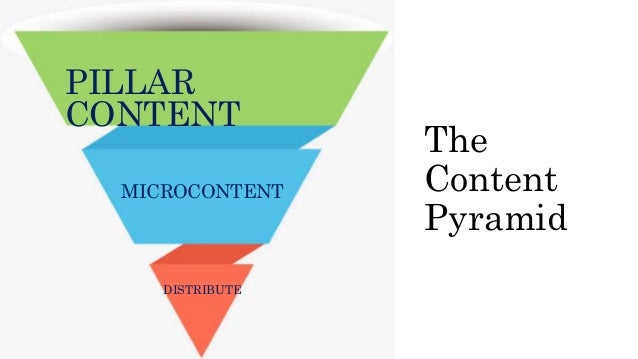
Let’s Break This Pyramid Down!
- Document – This is the pillar content. Say you’re a musician with a new, high-end music video. This is your pillar content. This is the main piece of content you’re going to use to create engaging micro-content.
- Create – Create as many micro-content pieces as you possibly can! Formulate teasers, music video stills, musician memes, lyric graphics etc.
- Distribute – Distribute your pillar content and micro-content on all social media platforms. In the case of a music video, post your pillar content on long-form platforms such as Youtube, Vimeo, Vevo, Facebook and your website. Post the micro-content straight after.
- Listen – Congratulate yourself for getting this far! The next step is listening to your audience and seeing how they’re reacting to your video, which parts they’re liking and what they want to see more of.
- Create – Aggregate your audience’s comments and use their feedback to create community-driven micro-content. Say someone timestamped a particular scene in your music video. Trim it, add subtitles and re-purpose it.
- Distribute – Distribute the second round of micro-content across the world wide web.
Gary Vee’s Key Tips
Internationally renowned marketers who analyse the music industry are becoming increasingly aware that platforms such as TikTok and Instagram are creating a new kind of artist that doesn’t depend on industry gatekeepers to break through.
Gary Vee is no exception. Back in 2019, he compiled a list of 6 music marketing tips for forward-facing artists who want to succeed in this new era of the music business. With the sudden changes brought about by the COVID-19 pandemic, these tips are more important than ever.
Here are some key points that he discussed in this seminal article.
Build your brand
Nowadays, to survive as an artist, you need to build your own brand. Unfortunately or fortunately, (depending on your perspective) the money lies in brand partnerships and monetising the brand in different ways (e.g. creating your own clothing line in collaboration with Urban Outfitters or H&M), rather than generating an income from streaming or physical sales. On the upside, this allows artists to generate income without having to burn themselves out with constant releases and tours.
Stay real
Music fans can smell BS from a mile away. Being genuine and staying true to your vision is key when it comes to differentiating yourself from similar acts. According to Vaynerchuk, “…when you move to a big city or start to get more successful you should still keep 80% of your “street” vibes while mixing it with 20% of your new environment.”
Build a community
Iconic artists with long-term careers are called “legendary” because they managed to build a community that revolves around them. It’s typically referred to as the “fandom”. Recent examples of this type of community are BTS and ARMY and IDLES’ AF Gang.
The Importance of Collaborations
Two heads are better than one. Collaborations are key to cross-pollinating your audiences and introducing your audience to other artists and genres. Cross-genre and cross-culture collaborations are becoming the global top 10 mainstays. Recent examples include Billie Eilish and Rosalía’s “Lo Vas a Olvidar”, Selena Gomez and Blackpink’s “Ice Cream” and Anderson .Paak and Bruno Mars’ collaborative project Silk Sonic.
Release more music
The over-saturation of the global music industry means that to make a splash, you have to be pretty consistent with your release plan. Gone are the days when artists, especially aspiring pop artists, release one song every couple of years and expect to become the next big global megastar. (Well, maybe except for Adele…)
Collaborate with vloggers and influencers to promote your music
Collaboration is key when it comes to boosting your streaming numbers. Work with vloggers and social media influencers to feature your music in their videos and stories. This is particularly important if you’re thinking of promoting your songs via a TikTok challenge. Sure, you can do it yourself; but working with someone who already has a following is more proactive.
And that’s a wrap!
Using the GaryVee Content Model ensures that you can churn out micro-content and repurpose evergreen content without having to spend thousands of dollars on high-end videos, photos and productions. All it takes is a little bit of creativity, coupled with Gary Vee’s tips for content creators, to devise a content strategy that speeds up the path to algorithmic success.



